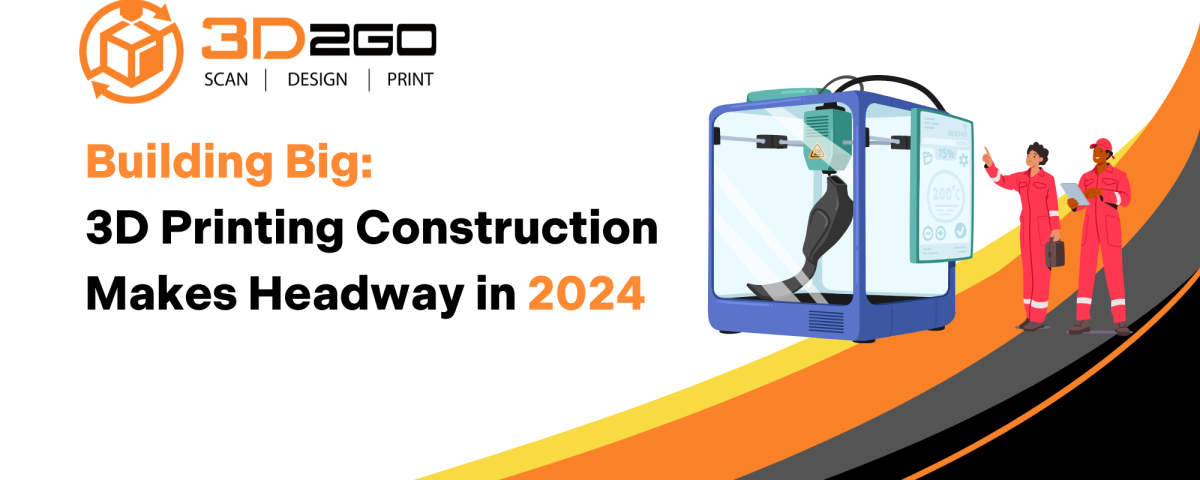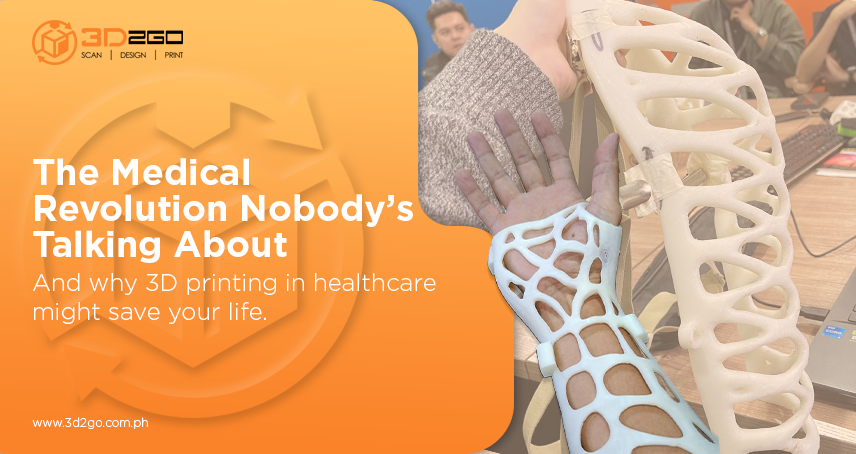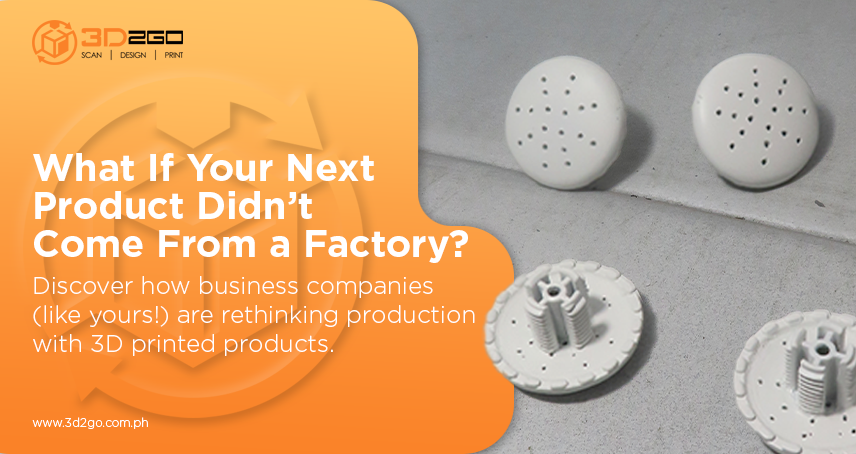Lidar Applications: Illuminating the Past to Preserve the Future of Cultural Heritage Sites
June 13, 2024How Scanning Creates Accurate Digital Replicas of Real-World Objects
July 2, 2024
The construction industry, long known for its reliance on traditional methods, is experiencing a seismic shift as 3D printing construction takes center stage. This innovative technology, often referred to as additive manufacturing, is rapidly transforming how structures are designed and built, offering a glimpse into a future where printing construction revolutionizes the landscape.
In its essence, 3D printing construction utilizes a computer-controlled system to deposit materials layer by layer, gradually erecting a structure based on a digital blueprint. This method offers a multitude of advantages over conventional construction techniques. Firstly, printing construction boasts unparalleled speed and efficiency.
Structures can be printed significantly faster than traditional methods, reducing overall project timelines and minimizing labor costs. Secondly, 3D printing construction allows for unparalleled design freedom.
Architects are no longer restricted by limitations of traditional materials and methods. Complex geometries and intricate designs become readily achievable, opening doors to revolutionary and sustainable architectural concepts.
The benefits of 3D printing construction extend far beyond speed and design. This technology promotes sustainability in several ways. Printing construction minimizes waste by utilizing only the necessary material for a specific design.
Additionally, the precise nature of the printing process reduces the need for additional finishing work, further reducing environmental impact. Furthermore, 3D printing construction can be highly adaptable to diverse environments.
The ability to print structures on-site eliminates the need for transporting large quantities of materials, making it ideal for remote locations or disaster relief efforts. This adaptability positions printing construction as a valuable tool for addressing future infrastructure needs in a changing world.
The year 2024 has witnessed significant advancements in 3D printing construction. Several companies are pushing the boundaries of what’s possible. In Europe, a consortium of construction firms has successfully completed the printing of a two-story residential building, demonstrating the viability of printing construction for permanent structures.
Meanwhile, in the United States, research teams are exploring the use of recycled materials in the printing process, further enhancing the environmental benefits of this technology. These advancements, coupled with growing investments in research and development, indicate a future brimming with possibilities for 3D printing construction.
While the potential of 3D printing construction is undeniable, challenges remain. Standardization of materials and regulations needs to be addressed to ensure the long-term safety and durability of printed structures. Additionally, the cost of 3D printing technology remains higher than traditional methods in some cases.
However, as the technology matures and economies of scale are achieved, these costs are expected to decrease. The construction industry is at a pivotal juncture, and 3D printing construction stands poised to become a mainstream practice in the years to come.
As innovation continues and challenges are addressed, printing construction promises to transform the way we build, shaping a future where efficiency, sustainability, and design freedom redefine the very essence of construction.








